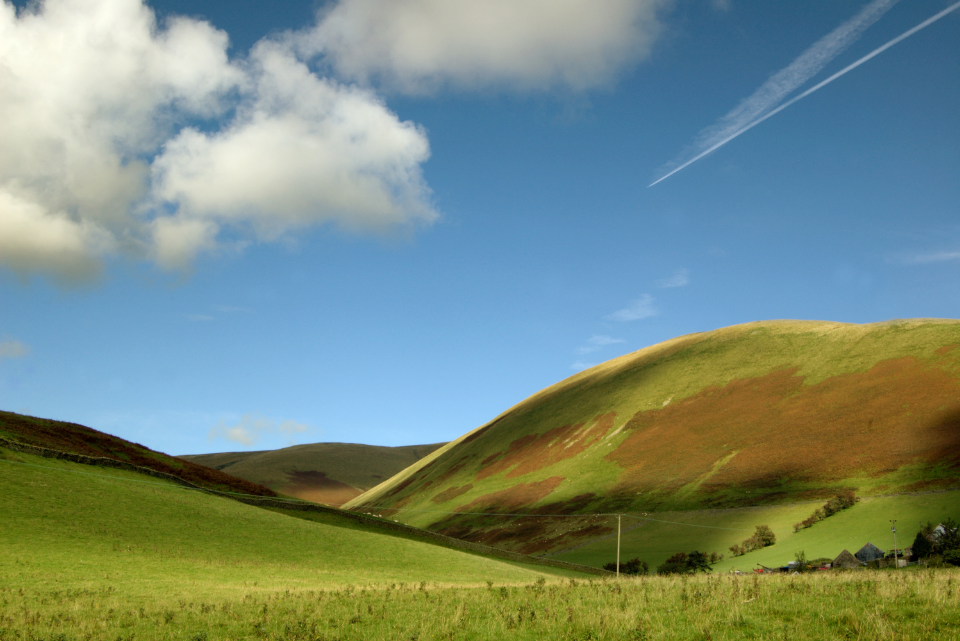The UK Green Growth Index: are we ready for the green economy?
Looking at the challenges and opportunities of the net zero transition across the nations and regions of the UK.
About this project
The transition to a low carbon or ‘green’ economy is of particular interest and importance in the lead up to the 2021 United Nations Climate Change Conference of the Parties (COP26) which will be hosted in Glasgow in November.
During this critical year there is a need to ensure that actions coming out of COP26, as well as other government climate policies, are relevant to all the UK’s nations and regions.
For this second phase of our research with Oxford Economics we look at how different parts of the UK could be impacted by the challenges and opportunities that will emerge from the net zero transition.
Download the full report to read about the regional findings in more depth. UK Green Growth Index – full report
A significant opportunity for British businesses
The Climate Change Committee estimates that the UK will need to invest £1.4 trillion between 2020 and 2050 to reach net zero1. This includes an average of £50 billion per year between 2025 and 2050.
Governments around the world are seeking solutions to similar challenges and considering how their own green transitions can be financed. But this need to invest means that there is also a unique opportunity for British businesses to innovate, produce, and supply the goods and services needed to enable the transition, not only in the UK but across the globe.
The introduction of new products and services could spark a green ‘multiplier’ of growth for businesses and consumers. Such products and services will also drive demand and behaviour change among businesses’ customers, suppliers and partners.
Official estimates suggest that the UK’s green economy already supports 200,0002 to 400,0003 jobs. And while there is considerable uncertainty surrounding future growth, two recent studies have suggested that by 2050 the number of jobs in the green economy could grow to between 1.4 million4 and 2.5 million5, so there is significant growth potential for the UK.

“By 2050 the number of jobs in the green economy could grow to between 1.4 million and 2.5 million, so there is significant growth potential for the UK.”
The UK Green Growth Index
Success is not a given, however. For many parts of the economy the net zero transition will create challenges due to the need to adapt products, processes, and skills. And different geographical areas of the UK will face varying challenges and opportunities, reflecting differences in their industrial sectors, skills and innovation.
The UK Green Growth Index was developed by Oxford Economics and Lloyds Banking Group to explore how well placed the UK’s nations and regions are to capitalise on the opportunities of the green economy.
And the opportunities are numerous; whether through industry, innovation, skills and training or renewable energy infrastructure, every area of the UK can utilise its unique strengths to take advantage of the transition.
The UK Green Growth Index is based on a range of factors such as these to determine a ‘green growth opportunity’ score for each area of the UK. The scoring range is from zero to 100, with 0 indicating the least opportunity for green growth and 100 indicating the most opportunity. A score of 50 is equivalent to the UK average.
Results across the UK’s nations and regions
This graph and the accompanying table shows where each UK nation and region sits on the Green Growth Index:

The UK Green Growth Index
| Ranking | UK nation or region | Score |
|---|---|---|
| 1 | Scotland | 80.6 |
| 2 | Wales | 63.5 |
| 3 | South West England | 54.6 |
| 4 | South East England | 52.0 |
| 5 | The Midlands | 48.7 |
| 6 | North of England | 48.3 |
| 7 | East of England | 45.6 |
| 8 | Yorkshire and the Humber | 45.1 |
| 9 | Northern Ireland | 42.7 |
| 10 | London | 36.5 |
While every part of the UK has clusters of expertise in particular aspects of the green economy, the unique blend of challenges and opportunities each region faces often reflects its economic heritage. The regions that have a strong industrial history are well-placed to transition to the green economy – but this is contingent on innovation and developing relevant skills.
There is a central group of English regions that may face similar degrees of challenge and opportunity, but around this group are a number of outliers.
Wales and Northern Ireland may experience some of the greatest disruption from the transition. However, Wales has a high score on the opportunity index, indicating there is already a firm foundation of green economy activity upon which to build, particularly within the energy sector. In contrast, for Northern Ireland there is a greater need to develop some of the factors needed to drive its green economy towards a smooth transition.

“Lloyds Banking Group is committed to supporting regional regeneration to ensure no part of the UK is left behind by the transition.”
Scotland is another outlier. Whilst this research suggests the transition could present a similar degree of challenge to many English regions, Scotland already has a strong base of green economy activity and assets from which to build and is well positioned to become one of the UK’s green growth leaders.
The other clear outlier is London, where its service-based economy is likely to be much less impacted by the transition. While it will be more difficult to develop aspects of the green economy based on manufacturing or natural resources, it’s clear London will play a key role in financing the UK’s transition to a net zero future.
This research shows clear signs that the UK’s green economy is starting to take shape. Every nation and region has its own story, but each has an important role to play in transitioning to a greener economy. In line with this research, Lloyds Banking Group is committed to supporting regional regeneration to ensure no part of the UK is left behind by the transition.




